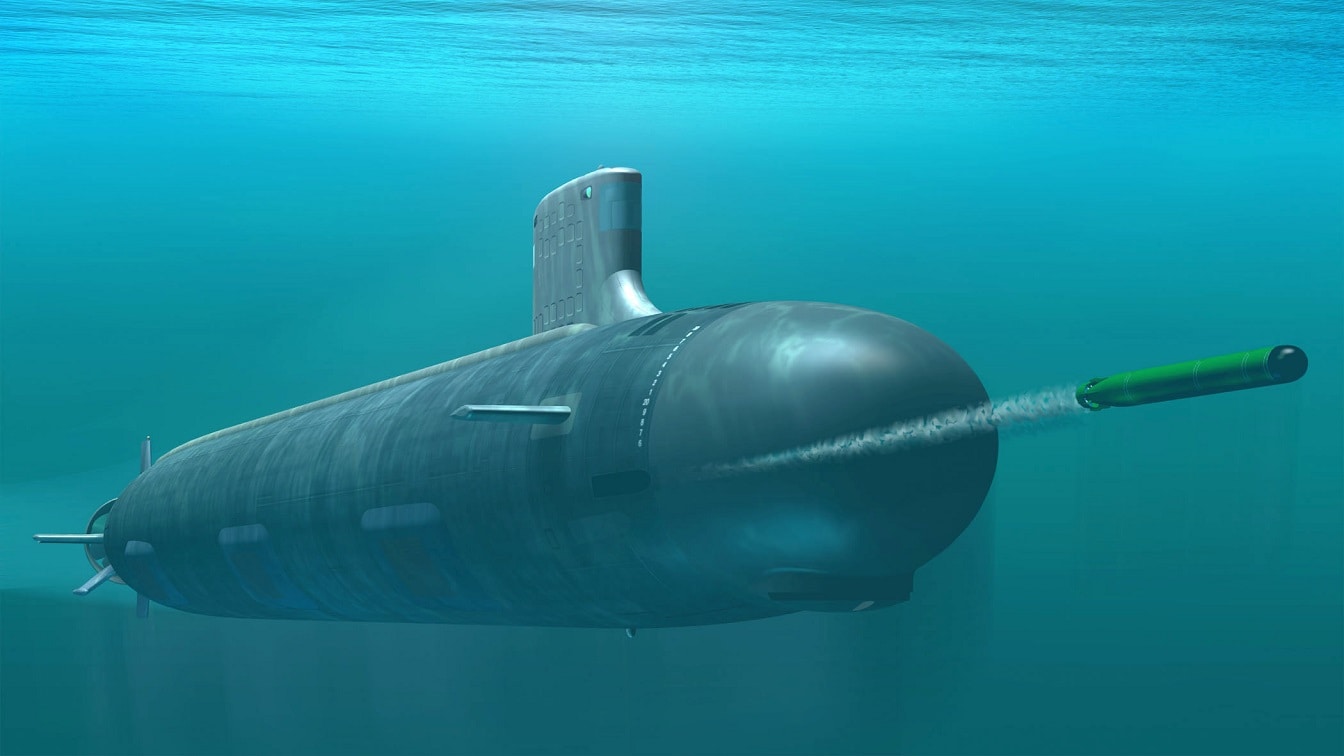Australian defense experts want their country to step up and modernize its forces, and improving their nation’s capabilities in undersea warfare is one area of focus. The Aussies hope that the year-old AUKUS treaty among the United States, United Kingdom, and Australia will eventually lead to Canberra’s acquisition of a nuclear-powered attack submarine. Australia’s navy could choose between America’s Virginia-class attack boats or the British Astute-class.
Both are excellent options, but which one would Australia pick?
Virginia-Class Will Probably Stay Stateside
Australia’s prospects for purchasing a Virginia class are not looking good, according to one American Member of Congress on the House Armed Services Committee. Rep. Rob Wittman of Virginia, ranking member of the Subcommittee on Seapower and Projection Forces, is not convinced that the United States should build a submarine specifically for sale to Australia. Wittman told Breaking Defense at the Reagan National Defense Forum this month that, “There’s been a lot of talk about, well, the Australians would just buy a U.S. submarine. That’s not going to happen.”
Legislators like Wittman are not ready to peel off an American boat to satisfy Australian needs when the United States is on such a tight schedule to build its own subs. One option is to help Australia produce an indigenous nuclear submarine, which would be a difficult feat of design and engineering for the Aussie defense industrial base.
Australian naval officials should at least visit manufacturing shipyards like HII and Electric Boat so they can get a glimpse of what such a huge project requires, Wittman said.
Wittman did suggest that a Virginia-class sub could be based in Australia with a joint American-Australian crew. This would be the next best option for Canberra. The sub would not technically belong to Australia, but it could serve both countries’ interests.
An Astute Decision
Instead, the Australians could work with the United Kingdom to procure an Astute-class fast attack sub. The British are already executing the joint crew idea. In August, the British Royal Navy announced that Australian sailors were training on the fifth Astute-class sub, the HMS Anson, in line with the AUKUS accord.
Australian submariners are taking courses from the British for undersea nuclear operations.
The HMS Anson and other Astute-class boats are about 30% bigger than previous British submarines. The Astute class can deploy 38 weapons, including Spearfish heavy torpedoes and Tomahawk Block IV cruise missiles, which have a range of 1,240 miles.
The Astute class has a Thales Underwater Systems Sonar 2076 for better situational awareness, and the modern Common Combat System.
In 2012, an Astute-class boat was training with the Virginia-class vessel USS New Mexico, and the Americans were taken aback by the capabilities of the Astute.
The Astute class could have the edge over the Virginia class for an Australian navy seeking an acquisition. The Americans are not enthused about selling a Virginia-class to Australia, if Wittman’s views are widely shared within the committees.
The British may be more apt to agree to cutting loose a sub under the treaty. Further, the United Kingdom is already conducting some training for Australian sailors to acclimate them to nuclear-powered undersea warfare.
Meanwhile, building their own nuclear-powered sub could take the Australians 15 to 20 years. At this point, the Aussies are probably better off partnering with the United Kingdom to purchase an Astute.
Expert Biography: Serving as 1945’s Defense and National Security Editor, Dr. Brent M. Eastwood is the author of Humans, Machines, and Data: Future Trends in Warfare. He is an Emerging Threats expert and former U.S. Army Infantry officer. You can follow him on Twitter @BMEastwood. He holds a Ph.D. in Political Science and Foreign Policy/ International Relations.

